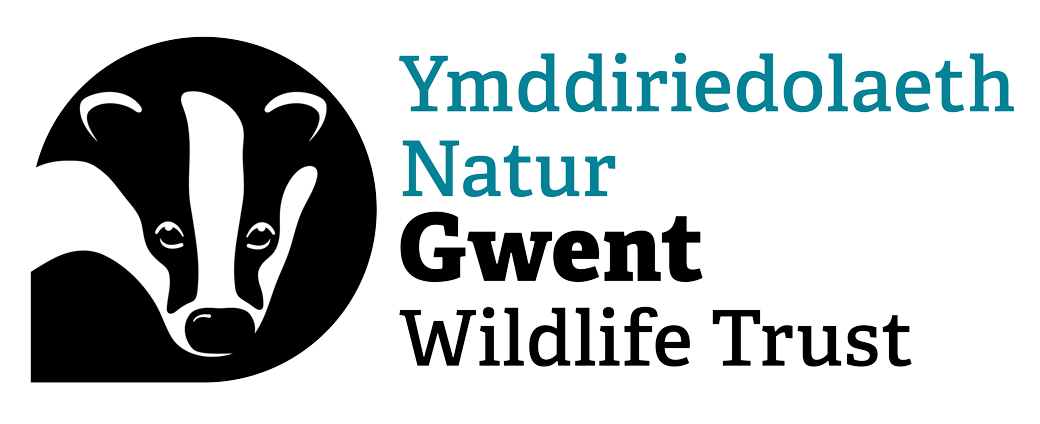Search
Chwilio
Common earwig
Despite popular belief, and its name (from the Old English for 'ear beetle'), the Common earwig will not crawl into your ear while you sleep - it much prefers a nice log or stone pile!…
30 Days Wild with Lucy Holland
30 Days Wild 2020 has gone off with a roar! In fact I think the amount of people participating and tweeting about it online actually broke twitter! Un-BEE-lieveable! It has been so amazing to see…
Dunlin
Found along the coast all year-round, the dunlin is a small sandpiper that breeds and winters in the UK. It can be seen in its upland breeding grounds in summer, when it turns brick-red above and…
Volunteers Privacy Notice
On Our Reserves - October 2024 Update
Find out what our staff and volunteers have been up to this month on our reserves and more importantly - why!
On Our Reserves - November 2024 Update
Find out what our staff and volunteers have been up to on our reserves this month and more importantly - why!
On Our Reserves - January 2025 Update
Find out what our staff and volunteers have been up to on our reserves this month and more importantly - why!
On Our Reserves - February 2025 Update
Find out what our staff and volunteers have been up to on our reserves this month and more importantly - why!
On Our Reserves - March 2025 Update
Find out what our staff and volunteers have been up to on our reserves this month and more importantly - why!
On Our Reserves - April 2025 Update
Find out what our staff and volunteers have been up to on our reserves this month and more importantly - why!
On Our Reserves - May 2025 Update
Find out what our staff and volunteers have been up to on our reserves this month and more importantly - why!
